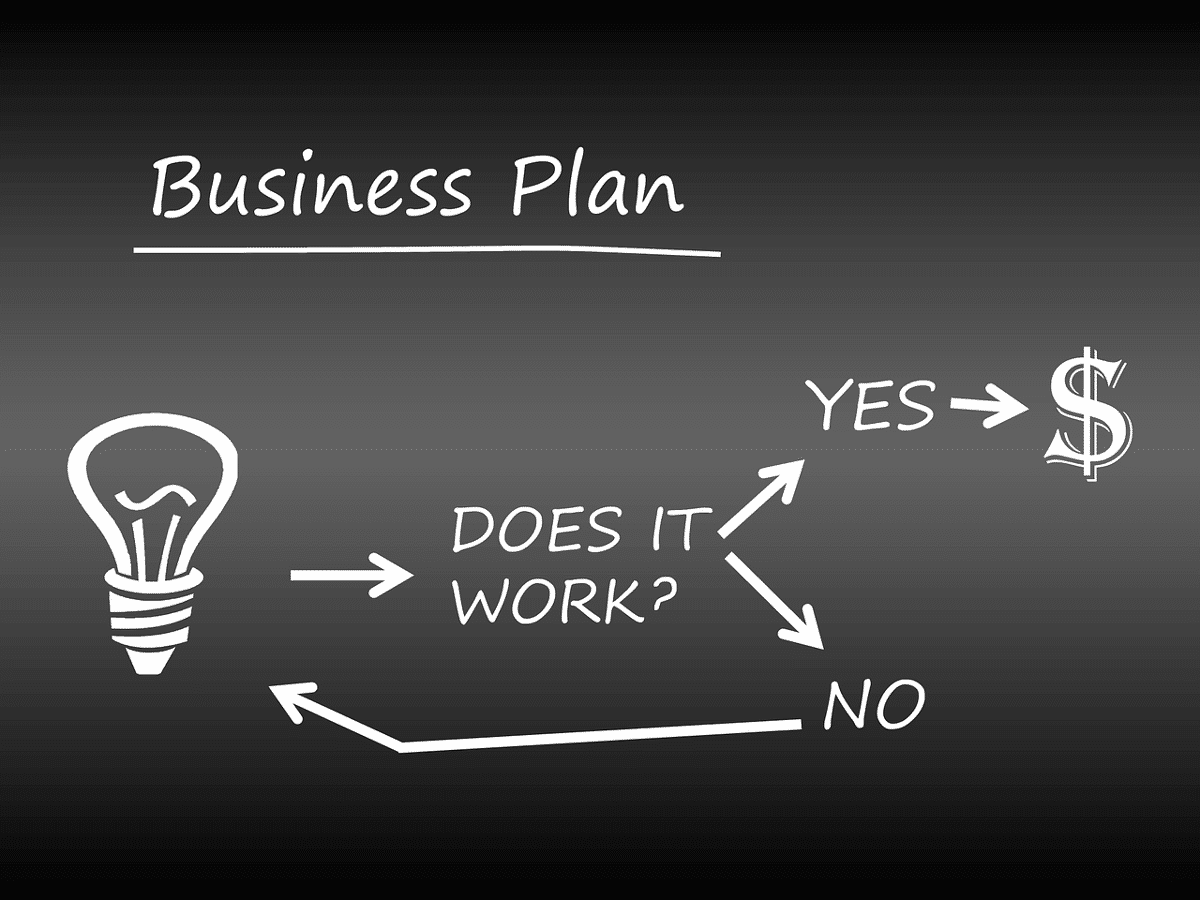Today I will show you how to write a business plan for your business. A business plan is a written description of your business’s future. It is also a document that helps you plan what to do and how you will do it.
A solid business plan lays a foundation for a successful business. It should be able to outline strategic plans, develop marketing and sales plans, create the foundation for smooth operations. It also should be able to convince an investor to contribute to the business.
For example, when pitching for a loan to support your business, a good business plan quickly sells out your business to the lenders. Definitely, by the outline, they will see it a having a stable background.
Developing a business plan is the first step in the process of deciding whether to start a business. Determining if an idea fails on paper can help a prospective founder avoid wasting time and money on a company with no realistic hope of success.
Related: 10 Factors to Consider When Starting a Business in Kenya
Every business needs a business plan to provide direction and as well as attract investors. A business plan is vital for the success of any organization.
How to Write a Business Plan in Kenya
The following is a guide to creating a great business plan.
1. Executive Summary
This is most likely the most crucial section of the business plan. Moneylenders, investors bankers and venture capitalists in most cases do not read through the entire business plan when it is presented to them.
While writing your business plan, make sure the executive summary in a business plan is short and explains all other contents of the project.
The main objective of an executive summary is to entice the reader to go through the entire plan.
2. company Overview
This explains the genesis of the company. It includes the history of your organization, what products or services you offer, your target market and audience, your resources, how you’re going to solve a problem and what makes it unique.
The company overview needs to give information, such as where and why the company was incorporated. It also has to outline the vision and mission of the company and milestones that the company has achieved.
3. Industry Analysis
Here, you give an overview of the industry or market in which your company will compete or currently competes.
Industry analysis in the plan answers questions such as the size of the market and trends that are or may affect it in the future.
4. Customer Analysis
In this section, you need to analyze your target customers. The business plan has to identify how many customers you are targeting and their psychographic and demographic profiles.
5. Competitor Analysis
This section of your plan identifies your direct and indirect competitors. It explains their strengths and weaknesses.
In your plan, you need to outline the areas in which have a competitive advantage over your competitors.
For instance, having a strategic location or having a unique commodity over your competitors can give you an advantage over them.
6. Marketing Plan
This outlines the company’s marketing and promotions strategies laid out in the business plan.
The marketing plan comprises a list of the essential products or services that your company sells or intends to sell.
The purpose of a marketing plan is to decide how you will sell your products or services to consumers. The project focuses on key people who are most likely to buy the product.
7. Operations Strategy
Operations strategy specifies the policies and plans for using the organization’s resources to support its long-term competitive strategy.
The role of operations strategy is to provide a plan for the operations function so that it can make the best use of its resources.
8. Financials
In the financials, you will provide forecasted Income Statements, Balance Sheets and Cash Flow Statements for your company for the next five years.
The financial plan is essential because it helps guide the day-to-day decision making of the business. Comparing forecast numbers to actual results yields essential information about the overall financial health and efficiency of the business
9. Management Team
In this section, you will detail the bios of the founder(s) and key employees. Details needed comprise of information on the education, qualifications and experience that you and your management team bring to your small business.
It should be written in a crisp and focused manner. The management team section should help those third parties recognize what sets your business apart from others.
10. Appendix
Finally, in the Appendix, you will include any additional information that supports the rest of your business plan, such as customer lists, store designs, employee agreements.
Related: Starting a Successful Business in Kenya
Benefits of a Business Plan
Several benefits come with creating a business plan. They include.
1.Understanding your market
Creating a business plan makes you understand your market. In researching your industry, customers and competition, you will thoroughly diagnose your marketplace. It will alert you to trends and opportunities you can target that competitors are ignoring.
2. Attracting funding
A business plan is a vital tool to attract funding from potential investors or lenders.
Both investors and lenders get attracted to a well-reasoned plan. Such a strategy gives your company credibility and allows the investor to gauge if they’ll get an appropriate return from their investment.
3. Help Track your progress
When creating your plan, you’ll identify milestones and financial goals and objectives you wish to achieve.
This means that with proper planning, you gain a guide to help you track the progress of the business.
4. Attract others to join your cause
The right business plan can get others, such as employees, partners or advisors, to join your company. If you can document a vision in your policy that is inspiring to others, you can achieve more than even what you projected in the plan.
A good business plan delves into each of the above categories, but it should also accomplish other objectives. Most of all. It should be convincing.
It should provide concrete, factual evidence showing your idea.




